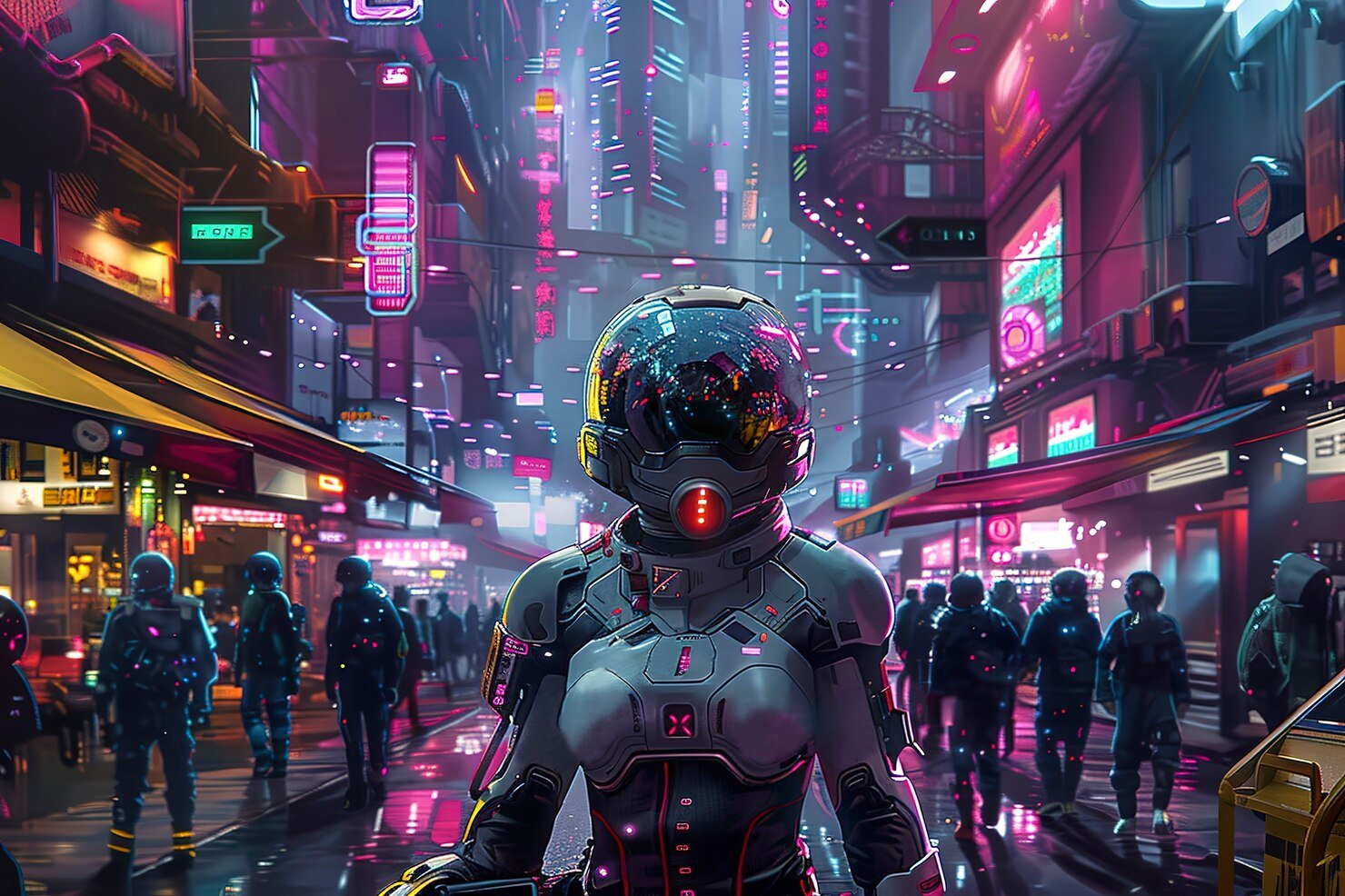
Artificial Intelligence (AI) has become an indispensable tool in the world of game development, shaping the way games are designed, created, and experienced. From enhancing non-player character (NPC) behavior to enabling procedural content generation, AI plays a crucial role in creating immersive and engaging gaming experiences. In this blog, we’ll delve into the various aspects of AI in game development and design.
1. NPC Behavior and AI Opponents
AI is used to create lifelike behaviors for non-player characters (NPCs) and opponents in video games, enhancing the overall gameplay experience.
- Adaptive AI: AI algorithms can adapt to player actions and behaviors, providing dynamic and challenging gameplay. NPCs can learn from the player’s strategies and adjust their tactics accordingly.
- Behavior Trees and Finite State Machines: Game developers use behavior trees and finite state machines to define NPC behaviors, allowing for complex decision-making and interactions with the game environment.
- AI Opponents in Multiplayer Games: AI-controlled opponents are commonly used in multiplayer games to provide a challenging experience for players who prefer single-player modes or to balance gameplay in multiplayer matches.
2. Procedural Content Generation
AI-driven procedural content generation (PCG) techniques are used to create game content dynamically, including levels, environments, and quests.
- Randomized Level Generation: AI algorithms can generate randomized levels and environments, ensuring that each playthrough feels fresh and unique. This approach is commonly used in roguelike and dungeon crawler games.
- Quest and Mission Generation: AI can generate quests, missions, and narrative elements based on player preferences, game progression, and other dynamic factors, offering personalized and engaging storytelling experiences.
- Terrain Generation: In open-world games, AI algorithms can generate realistic and diverse terrain features, such as mountains, forests, and rivers, based on procedural generation techniques.
3. Player Experience Enhancement
AI is employed to enhance the overall player experience by providing assistance, feedback, and personalized interactions.
- Dynamic Difficulty Adjustment: AI algorithms can dynamically adjust the game difficulty based on player performance, ensuring that the game remains challenging yet enjoyable for players of all skill levels.
- Smart Cameras and Director Systems: AI-powered cameras and director systems can dynamically adjust camera angles, pacing, and cinematic events to create cinematic and immersive experiences for players.
- Personalized Recommendations: AI-driven recommendation systems can analyze player behavior, preferences, and gaming habits to provide personalized recommendations for in-game content, such as items, quests, and character customization options.
4. AI-Based Tools and Development
AI-driven tools and technologies are used to streamline game development processes and empower game designers and developers.
- Procedural Asset Generation: AI can generate game assets, such as textures, models, and animations, based on predefined parameters and design principles, reducing the time and effort required for asset creation.
- Bug Detection and Testing: AI algorithms can assist in detecting and fixing bugs, optimizing game performance, and conducting automated testing, helping developers identify and resolve issues more efficiently.
- Natural Language Processing (NLP): NLP techniques are used to create interactive dialogue systems, chatbots, and voice-activated commands in games, enabling natural and immersive player interactions with NPCs and virtual assistants.
5. Emerging AI Technologies in Game Development
As AI continues to evolve, new technologies and techniques are emerging that promise to further revolutionize game development and design.
- Deep Learning and Neural Networks: Deep learning techniques, such as neural networks, are being used to create AI-driven characters and NPCs with more realistic and human-like behaviors, emotions, and personalities.
- Generative Adversarial Networks (GANs): GANs are used to generate realistic graphics, animations, and visual effects in games, enhancing the visual fidelity and immersion of virtual worlds.
- Reinforcement Learning (RL): RL algorithms are being explored for training AI agents to play games autonomously and learn from their experiences, leading to more intelligent and adaptive NPCs and opponents.
